This month, SparkFun is celebrating the first anniversary of our Community Partnership Program, designed to facilitate hardware donations to applicants using electronics to build and advance their maker communities. Read on for some quick stats from 2017.
- Total Applications: 665
- Total Awarded Community Partners: 174
- Top 5 States Represented: Colorado, California, Florida, New York, New Jersey
When we launched the program in January 2017, we had no idea how much interest there would be or what kinds of requests would come through the application process. Here are our Top 6 observations from reviewing more than 600 applications.
1. Maker education puts social issues front and center.
Many of us in the education community see maker education as a cause to get behind for various reasons: we see high engagement levels from students, we like project-based lessons, and we observe increased interest in learning critical skills like computer science and engineering. However, based on the applications to our Community Partnership Program, time and again we saw teachers and students going above and beyond academics to address social issues and solve problems in their communities using maker technology.
We saw grad students at the University of Colorado Boulder collaborate with high schoolers at the Denver School of Science and Technology Cole (DSST Cole) on ways to monitor noise and air pollution at an elementary school near an interstate construction project. And Ohio State University’s Toy Adaptation Program at the College of Engineering held an event focused on hacking popular toys to become assistive tech devices.
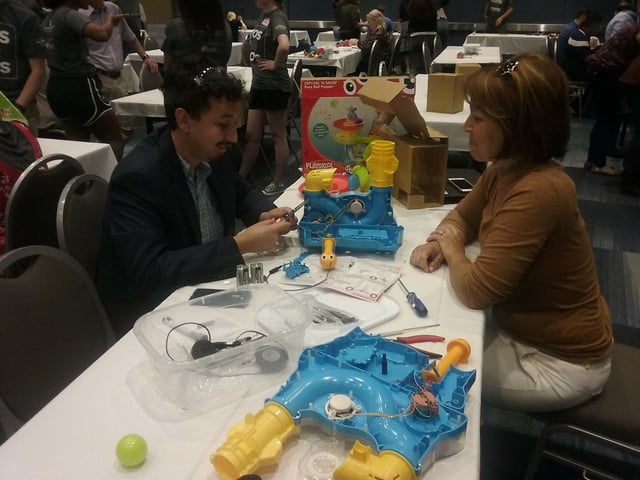
2. Support for girls and women in STEM comes mostly from extracurricular programs.
Many groups that applied were seeking support for initiatives designed to attract girls and women to STEM fields. Most of these initiatives took the form of after-school programs, summer camps and nonprofit events/activities, which begs the question: what more can we do within the classroom to support girls in STEM?
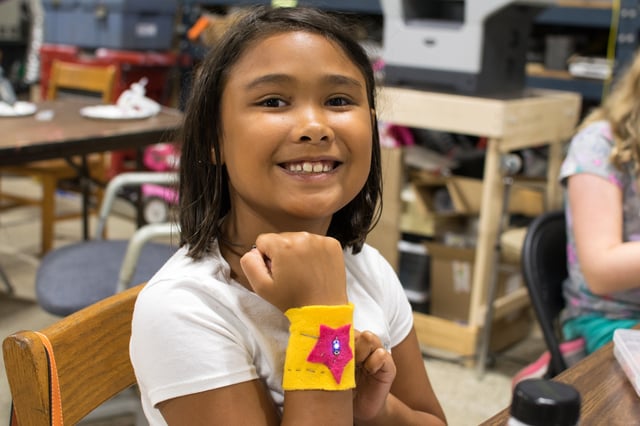
We’ve seen some incredible programs across the country that leverage e-textile tools like LilyPad to bring together sewing and circuitry, including the Society of Lady Makers in Atlanta, GA, and the Marston Science Library at the University of Florida. Some of our 4-H partners have used conductive paint to create interactive art, including one wall mural that played recordings of students' musical performances.
We've also seen partners introducing women and artists to electronics through hackathons like the all-female Break to Make at the University of Southern California and Hack Music LA at the LA Philharmonic.
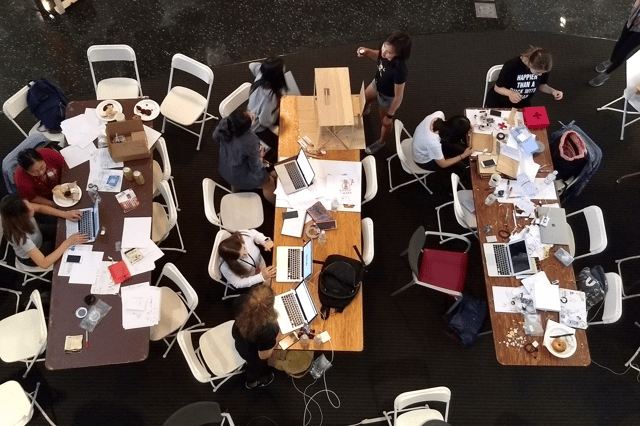
At SparkFun we always strive to pursue gender inclusivity authentically, and learning about programs like these inspires us to find new ways to do so. We’d love to hear from you in the comments below about your approach.
3. International maker education is alive and well.
We had no idea we’d receive so many applications from around the world, most notably from students in India, South Africa and Nigeria. We heard from a nonprofit in Lagos, Nigeria, that provides free prosthetic devices to folks with upper-limb discrepancies; an amateur radio operator running an aerospace program in Port Elizabeth, South Africa; and a college student in the Netherlands using the LilyPad Vibe Board and other SparkFun hardware to create wearable devices that detect and reduce tremors for individuals with Parkinson’s disease.
All over the world, teachers, students and hobbyists shared with us their commitment to use maker technology to teach 21st century skills and solve problems in their communities.
4. Robotics is a top priority.
Everyone is building robots! Well, not everyone, but the term “robotics” was mentioned 803 times in Community Partnership applications this year, while “coding” was a close second at 774 mentions. We saw a handful of swarm robot projects, autonomous vehicle projects and robots that can perform specific tasks like picking up certain objects.
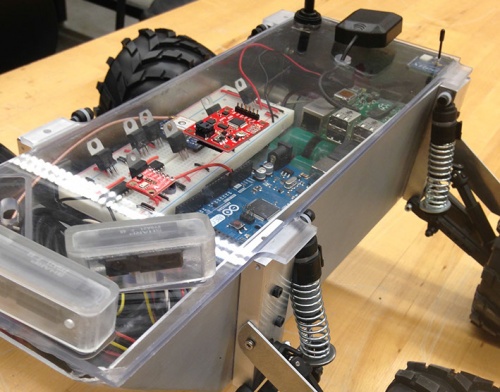
Many teachers expressed the challenge of introducing robotics to students when they themselves have very little experience, and shared how valuable simple tools like the SparkFun Inventor's Kit for RedBot or the micro:bot expansion kit for micro:bit are to beginning robotics. We saw a lot of robotics activity at the high school and university levels, as well as a lot of early interest at elementary and middle schools. Lesson learned: more resources for teaching robotics are in high demand! If you haven't already, check out the new version of our flagship SparkFun Inventor's Kit, where building an autonomous robot is the culminating project.
One last qualitative versus quantitative observation on robotics: generally speaking, most programs for girls emphasized coding and computer science. Very few of them discussed a mission to get girls interested in robotics specifically, despite the large number of robotics projects we saw.
5. STEM thrives in the summertime.
Holy Batman, STEM summer camps! Big shout-out to all the schools and libraries spearheading STEM summer camps for kids — you are all heroes! From soldering and soft circuits to conductive paint and programming, during the summertime it’s likely you’ll find students leveling up their skills. Campers at The Refuge in Sunbury, PA, learned to solder by making badges with which to play an electronic game of Rock, Paper, Scissors. Students at a Mariachi music camp at Oregon State University shared their recordings via an interactive mural created with a Bare Conductive Touch Board, conductive paint and copper tape.
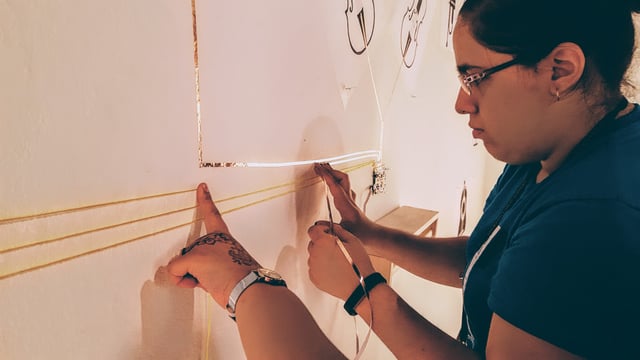
As this summer draws closer, we expect to hear from more organizers of awesome camps that can make good use of SparkFun technology.
6. Students are getting access to real projects at real companies more than ever before.
Well, one thing’s for certain: SparkFun hardware was well-represented at SpaceX’s first collegiate-level hyperloop design competition. Over the course of last year, we saw an uptick in the number of student applications for corporate- or government-backed projects and competitions, from NASA to SpaceX and, of course, FIRST Robotics.
Increasingly, we’re seeing closer ties between schools' STEM-related departments and local businesses or government agencies for purposes of professional training, helping students gain relevant job experience and leveraging students’ ingenuity to solve innovation challenges. One example was a team from the Engineering and Science University Magnet School (ESUMS) in Wallingford, CT, that won the international Paradigm Challenge for their Wasteless urban composter design.
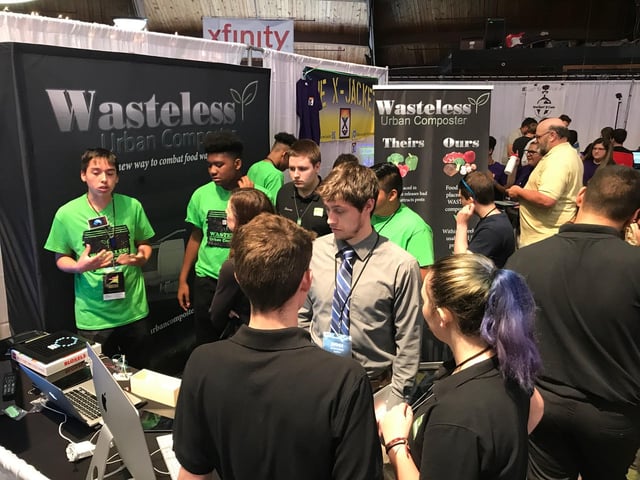
We’ll be keeping an eye on how this evolves over the next year and won’t be surprised to see support for maker education in schools become a priority for a more diverse group of community stakeholders.
SparkFun is looking forward to another year of the Community Partnership Program, and you can stay up-to-date on the latest stories here. We invite anyone to apply, whether you’re a student, teacher, hobbyist, pro maker or entrepreneur. Keep in mind that applications focused on a specific project or looking to solve a problem with maker technology tend to be our most popular.

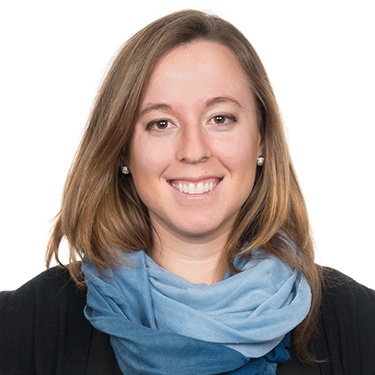

Maker Education, Community Partnership Program